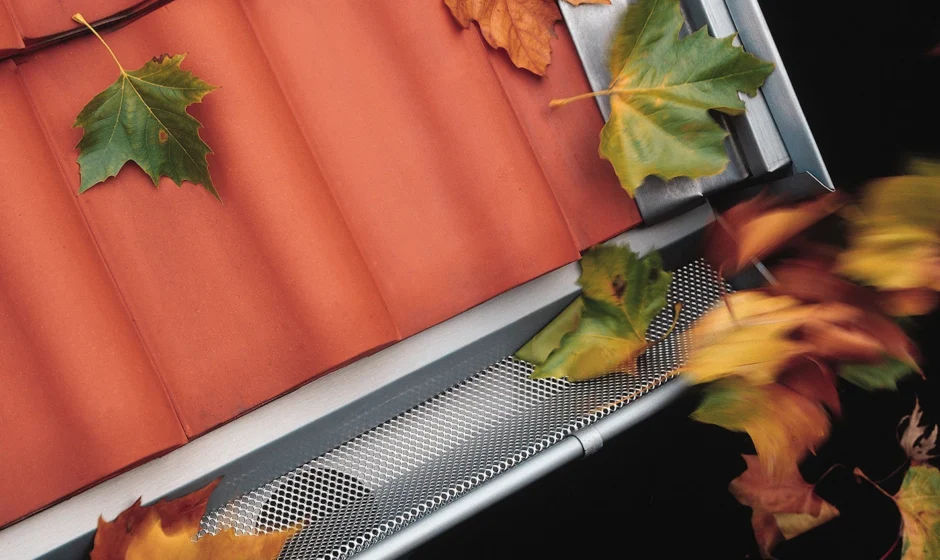A lot depends on the serviceability of drains and drainage channels – the condition of roads and paths, the durability of the foundation, and the health of garden plants. Therefore, it is advisable to inspect, clean, and, if necessary, repair both systems twice a year – in spring and autumn.
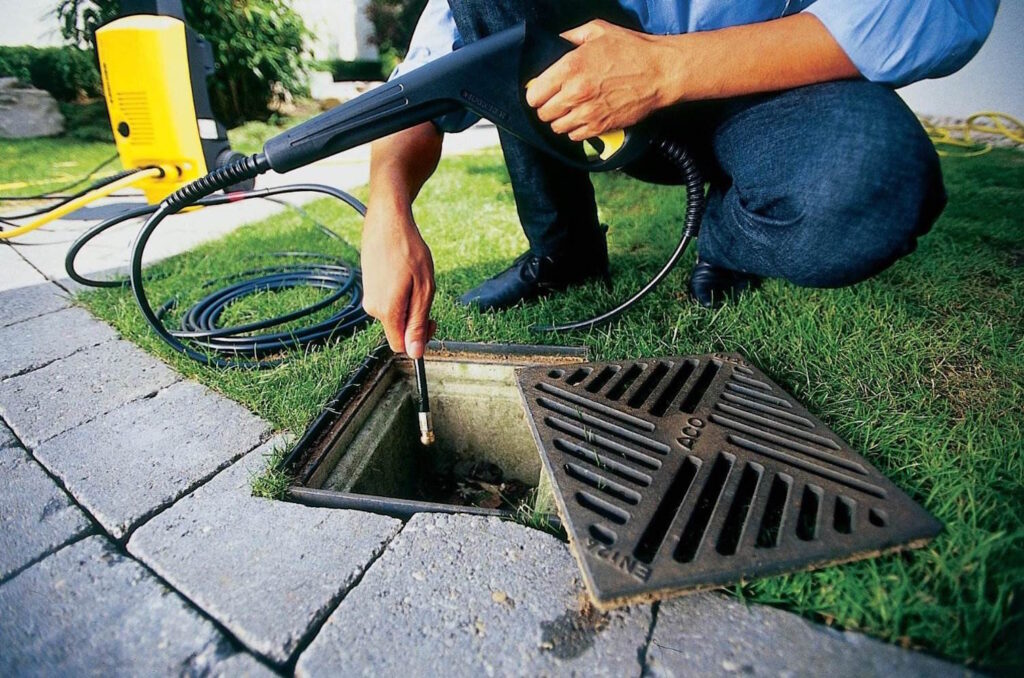
The easiest way to clean clogged pipes is with a high-pressure washer equipped with a long reinforced hose with a special nozzle: four backward-directed jets move the hose along the pipe and remove dirt.
Drainage inspection is carried out in the following order:
- Remove the grates from the drainage trays and the covers of the drainage wells (collectors); the covers remove fallen leaves and other debris. The strainers in the collectors are washed.
- If water accumulates towards the gutters and collectors, it means that the underground storm drain pipes are clogged. They are washed with strong pressure created by a high-pressure pump, or cleaned with a flexible steel cable.
- Check the alignment and integrity of the connections. Sometimes, under the influence of frost-heaving forces, drainage trays move from their places, rise above the ground level, and acquire a counter-slope, and their connections diverge. In such cases, excavation work cannot be avoided. It will be necessary to strengthen the foundations of the canals and increase their depth – this work is easier to carry out in the summer, in dry weather.
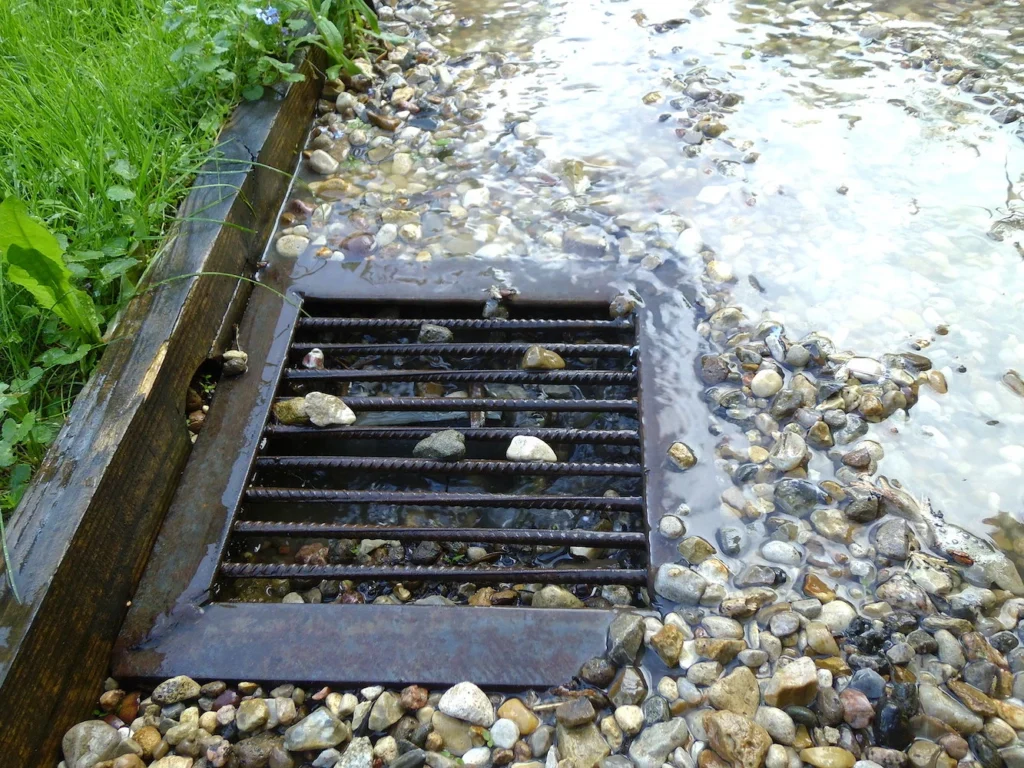
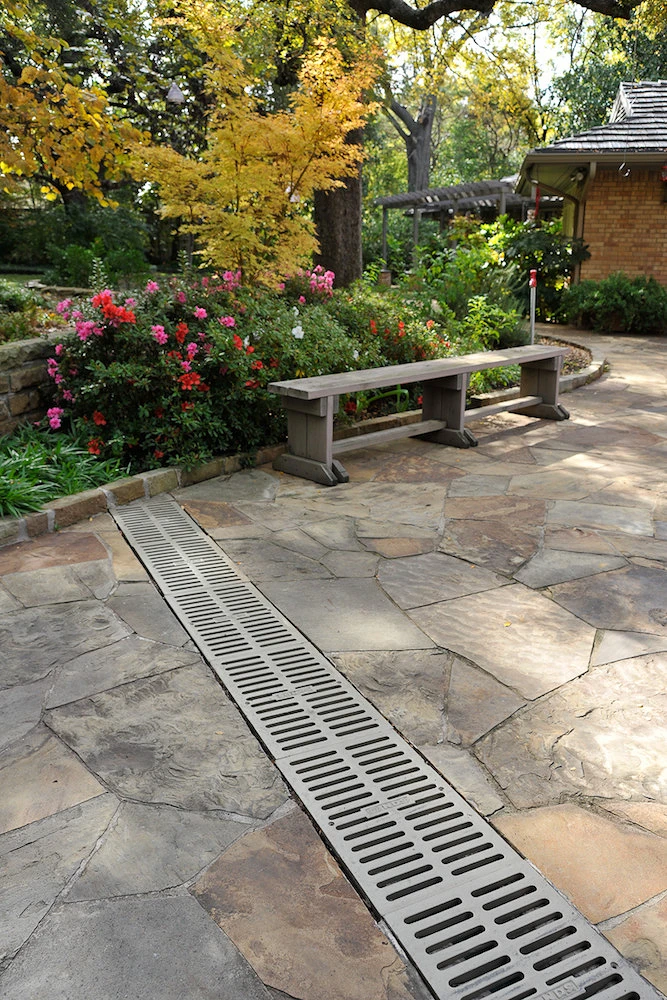
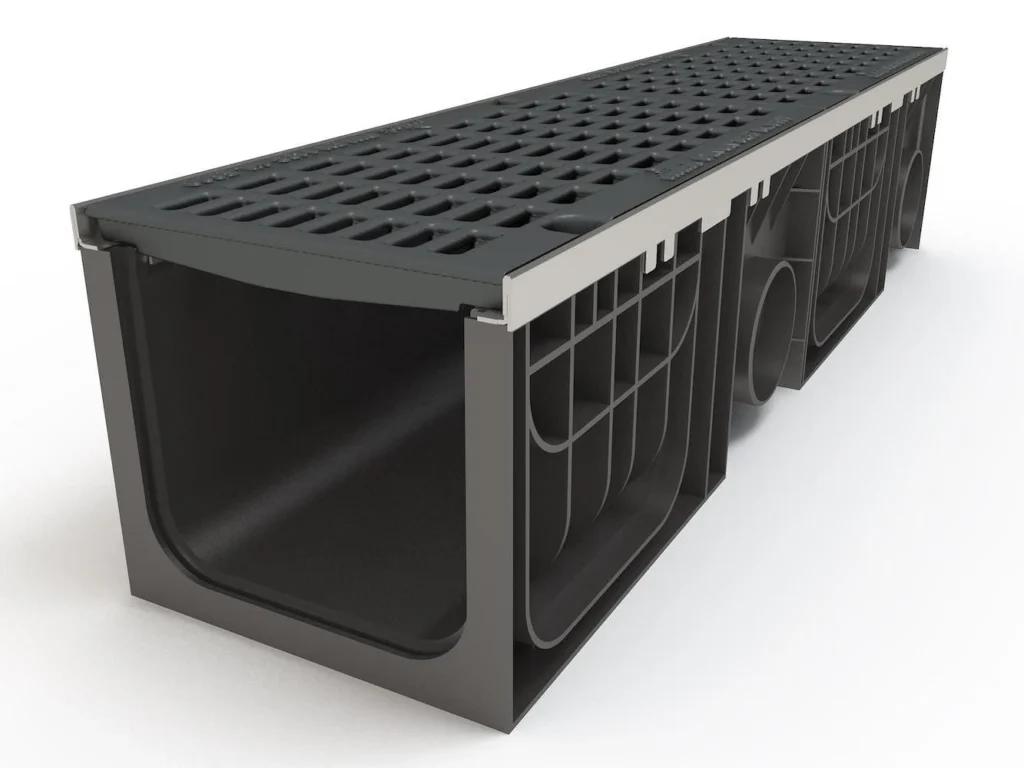
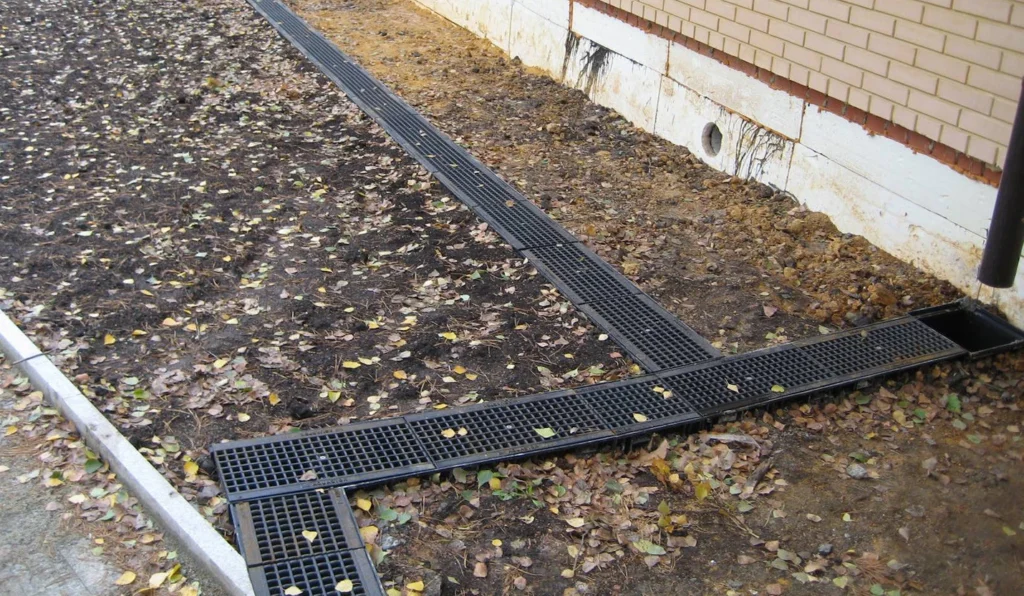
To inspect the gutters, you will have to climb onto the roof, erect prefabricated scaffolding or install ladders. It is important not to neglect safety precautions and use a safety belt.
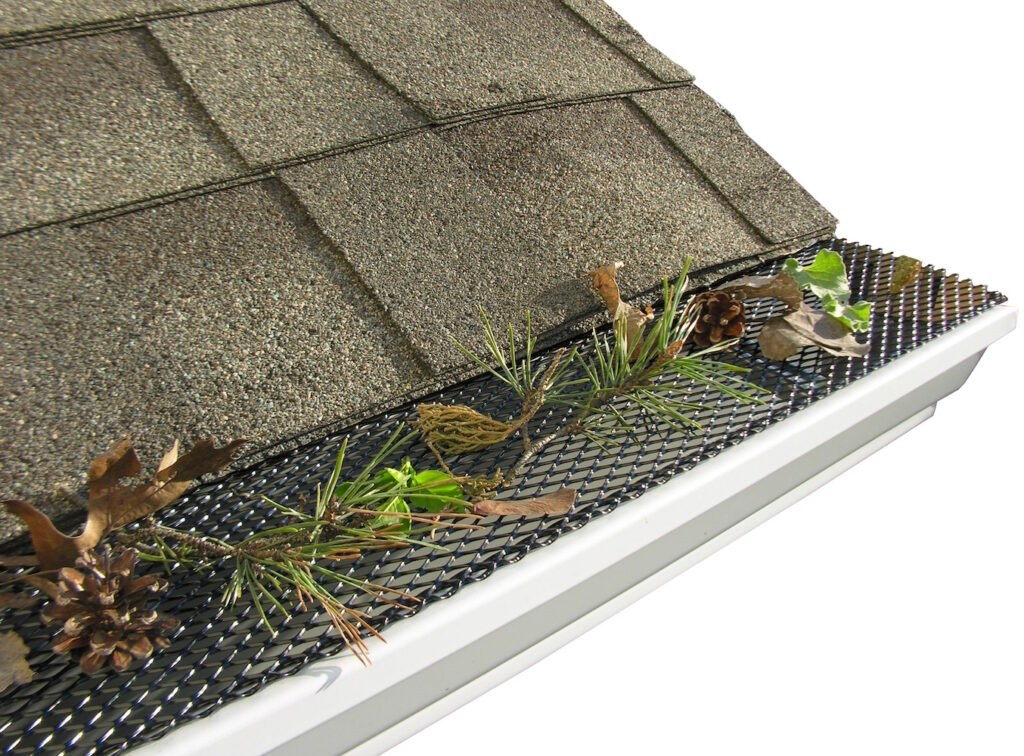
The revision principle is the same as in the case of drainage:
- It is necessary to remove contaminants that usually accumulate at the entrance to drainage funnels.
- Then check the slopes (a bubble level is suitable for this purpose), as well as the reliability of fastening and joining of the elements. If the gutters sag under the weight of ice and snow, additional brackets must be installed.
- Lastly, you should inspect the eaves boards and make sure there is no water running down the vent board anywhere. The separated joints of the parts are sealed with bitumen-rubber roofing sealant (in the case of PVC gutters, you can also use special glue).

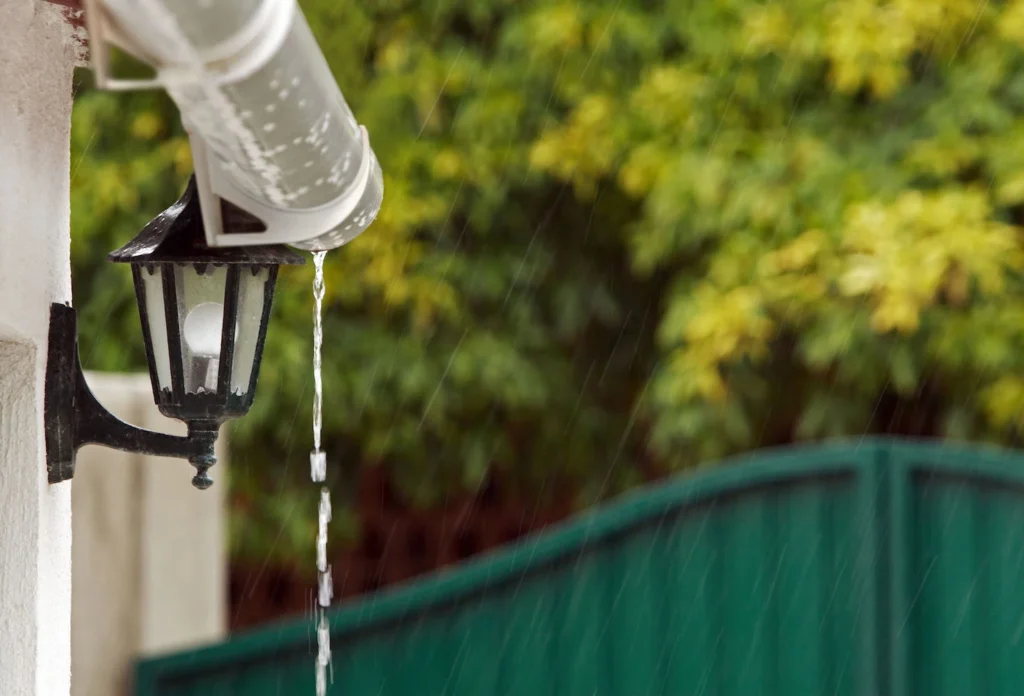
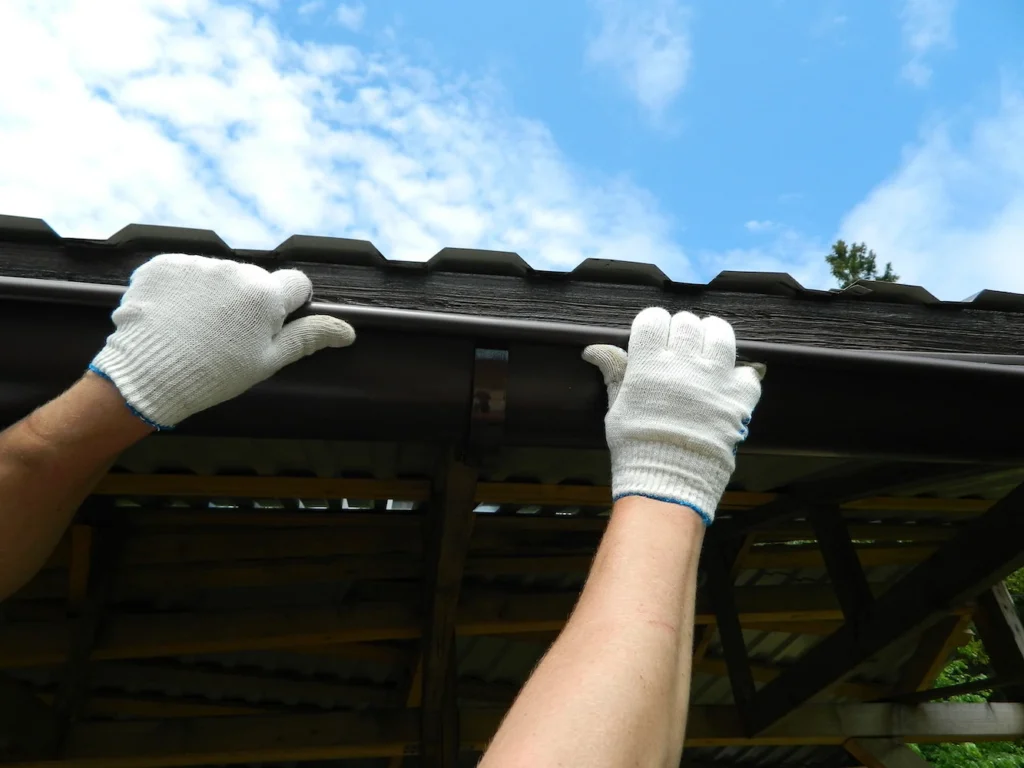
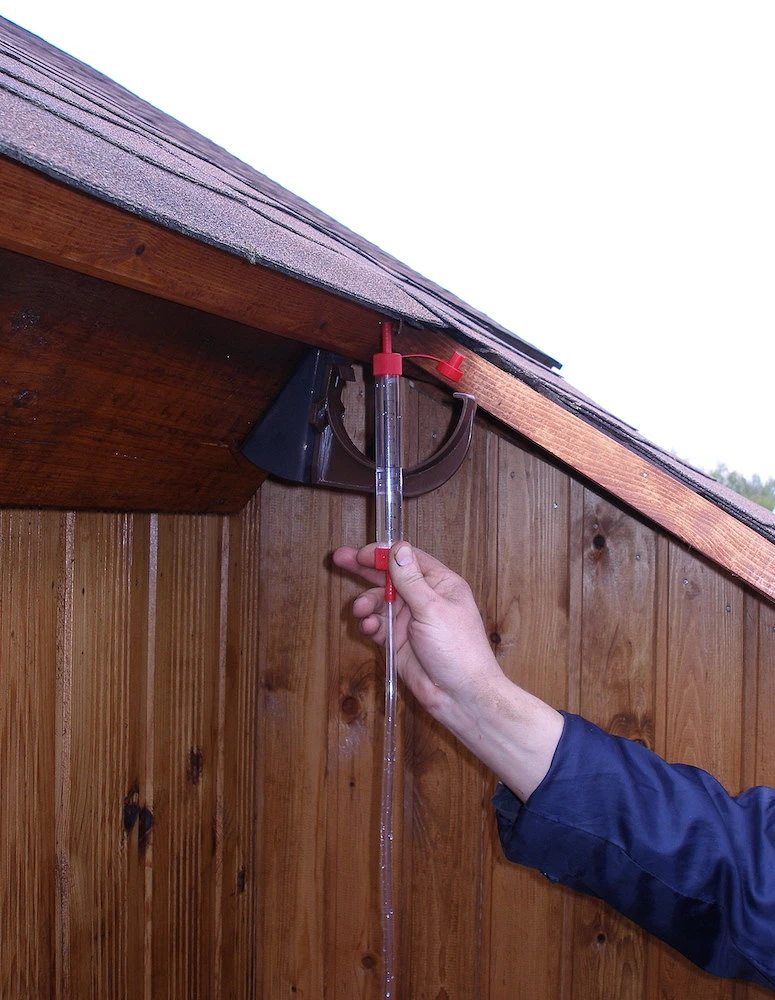
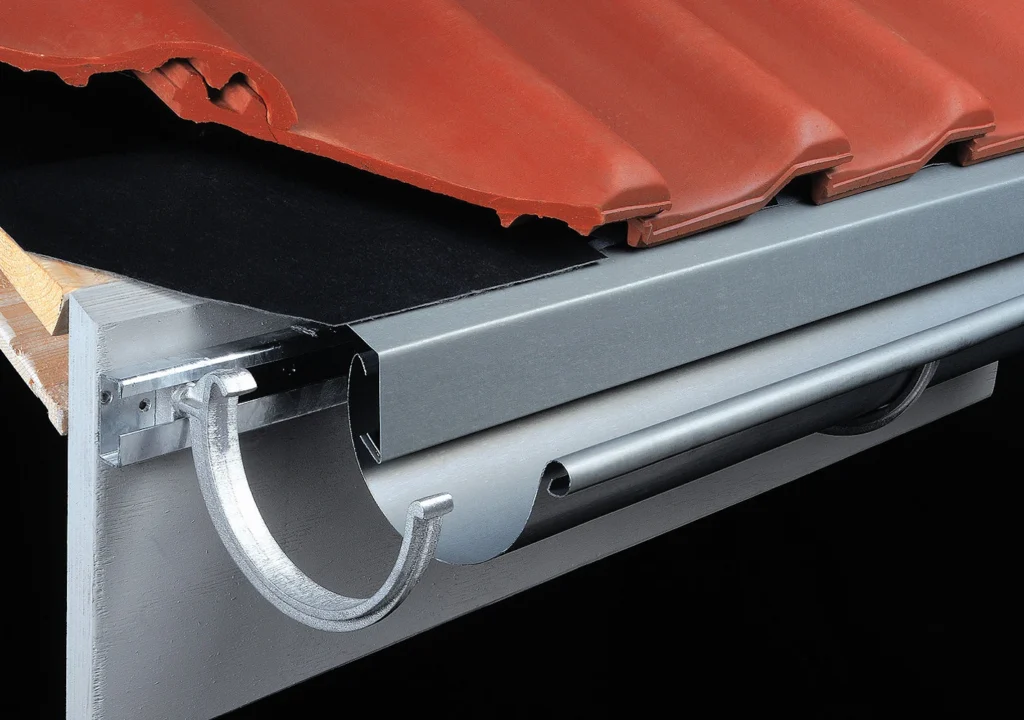
Read more: Installing a rainwater drainage system around the house

